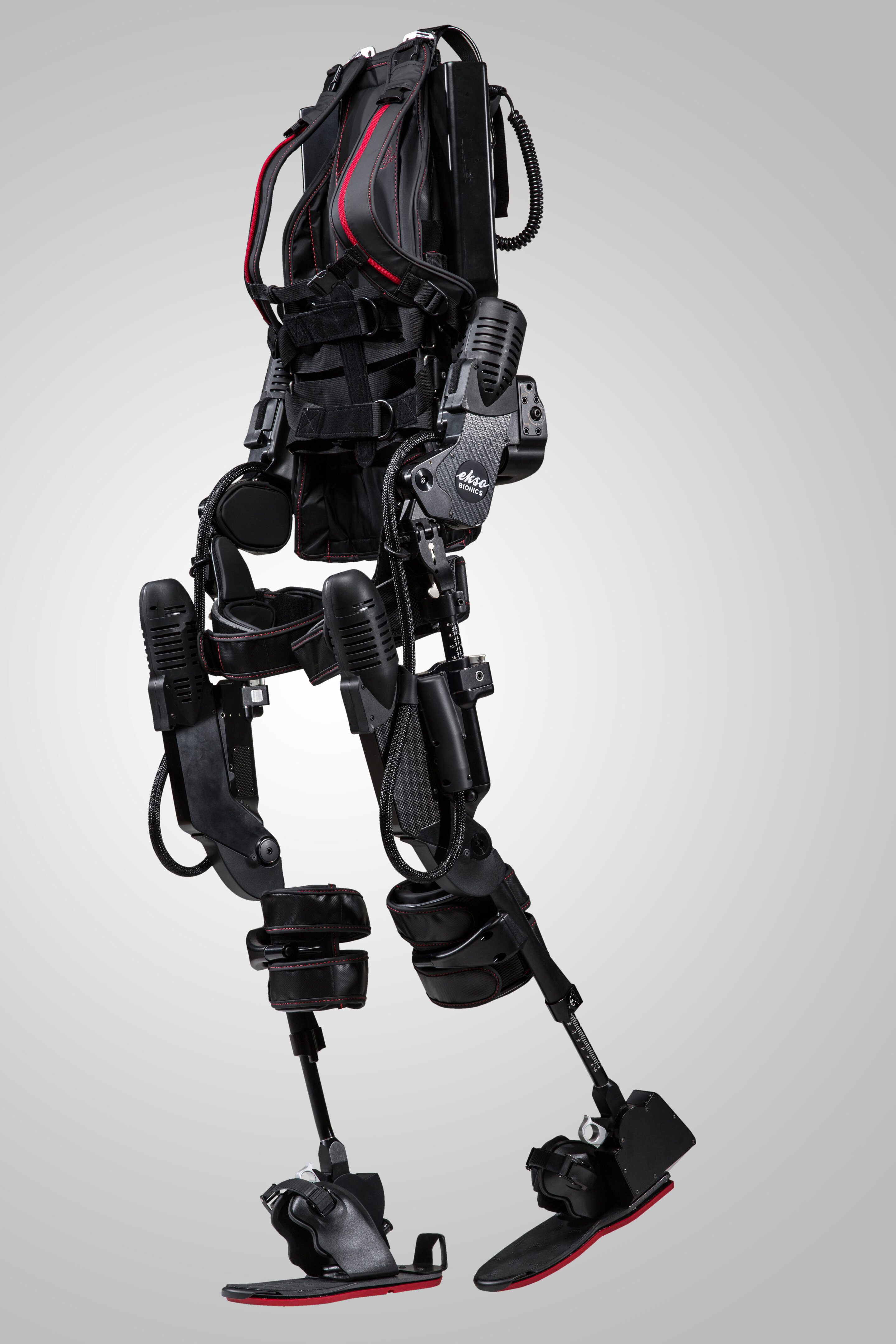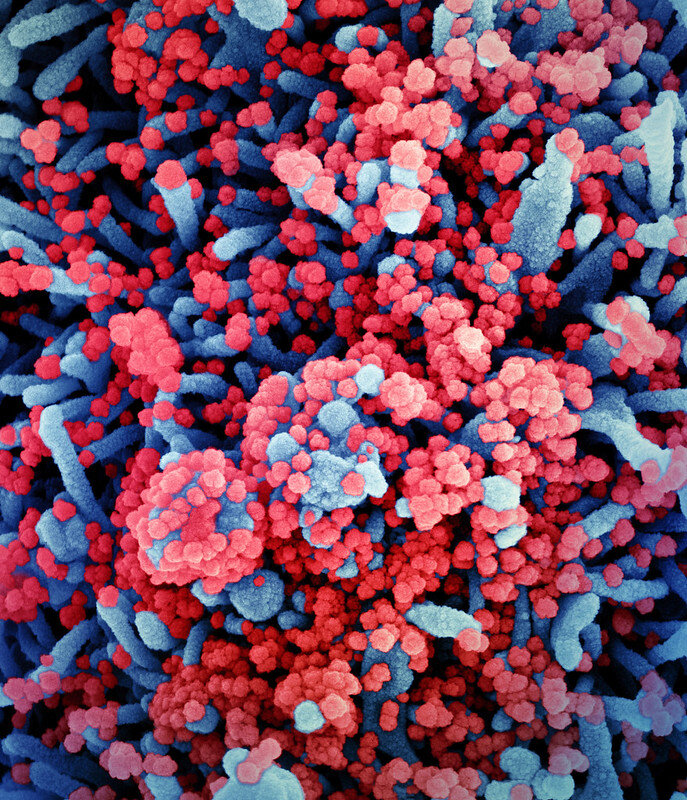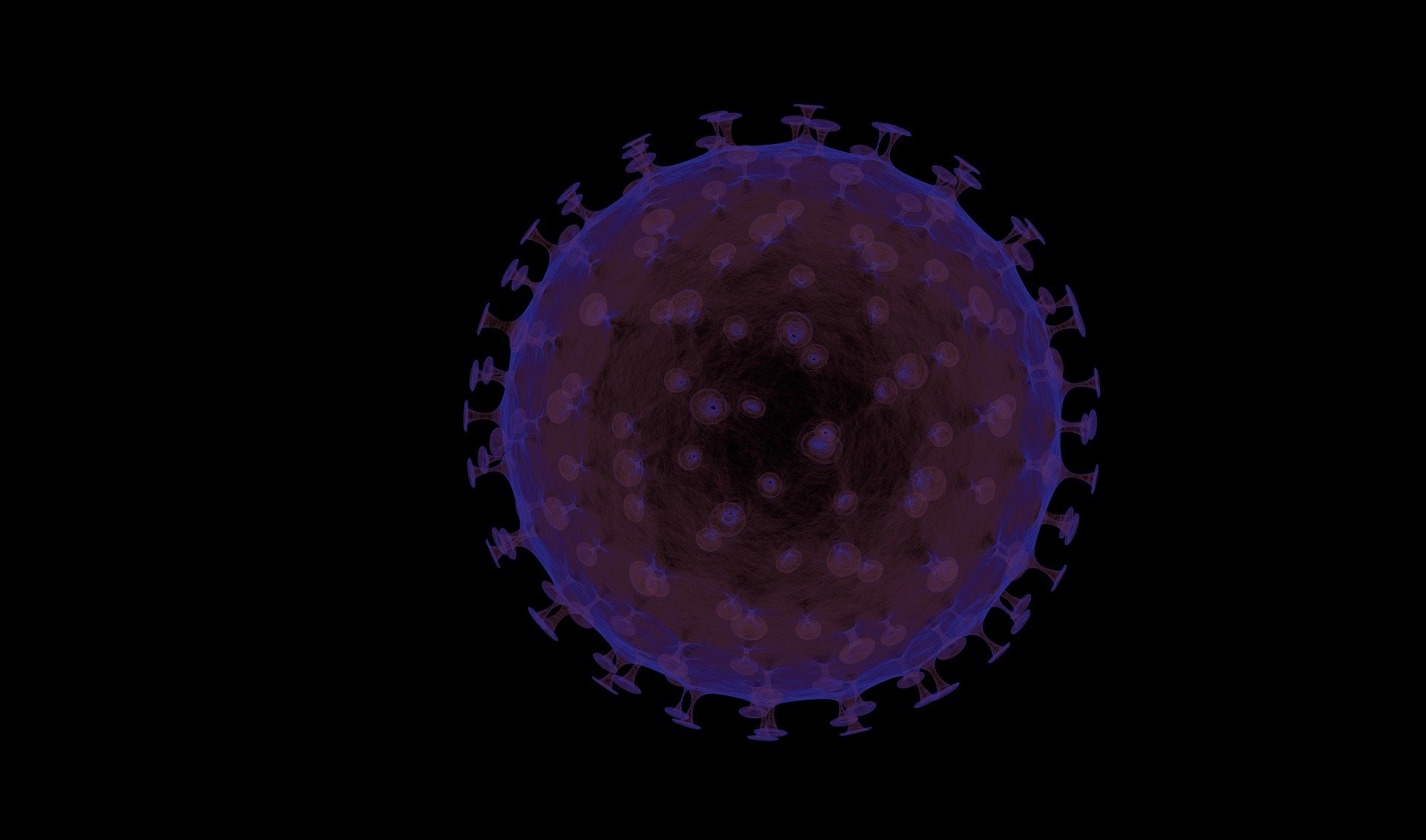#Robotic exoskeleton training expands options for stroke rehabilitation

“#Robotic exoskeleton training expands options for stroke rehabilitation”

A team of New Jersey researchers has demonstrated that high-dose therapy gait training using robotic exoskeletons may aid early rehabilitation for acute stroke. The article, “Robotic exoskeleton gait training during acute stroke inpatient rehabilitation,” was published October 30, 2020 in Frontiers in Neurorobotics.
The authors are Karen Nolan, Ph.D., Kiran Karunakaran, Ph.D., and Kathleen Chervin, of Kessler Foundation, Michael Monfett, MD, of Children’s Specialized Hospital, Radhika Bapineedu, MD, and Neil N. Jasey Jr, MD, of Kessler Institute for Rehabilitation, and Mooyeon Oh-Park, MD, of Burke Rehabilitation Hospital, formerly with Kessler. Drs. Nolan and Karunakaran are also affiliated with Children’s Specialized Hospital. Kessler scientists and clinicians have faculty appointments at Rutgers New Jersey Medical School.
The need for stroke rehabilitation is tremendous, given the large numbers of stroke survivors with deficits in mobility, balance and coordination that limit their activities of daily living. Advances in robotics and biomedical engineering are expanding the options for rehabilitative care. Researchers are applying new technologies to gait training that may offer advantages over traditional labor intensive physical therapy. This inpatient study of a robotic exoskeleton (Ekso GT, Ekso Bionics, Inc,) demonstrated the potential to improve gait training after acute stroke toward the goal of earlier recovery of motor function.
Participants included 44 individuals (ages 18 to 82 years) admitted to Kessler Institute for Rehabilitation for acute stroke. Half received conventional standard of care (SOC), and half received SOC with an option for overground gait training in the Ekso GT (RE+SOC). Both groups received the same amount of overall therapy time. Overground gait training in the exoskeleton was supervised by a licensed physical therapist who adjusted the variable bilateral assistance of the Ekso GT according to each individual’s progress. Outcome measures were total distance walked during inpatient rehabilitation and functional independence measure (FIM) score. The RE-SOC group trained in the Ekso GT at least three times during their stay.
“We found that gait training in the exoskeleton allowed us to increase the dose of gait training without increasing the duration of inpatient rehabilitation,” said Dr. Nolan, assistant director of the Center for Mobility and Rehabilitation Engineering Research at Kessler Foundation. “Because overground walking in the exoskeleton requires active effort on the part of the participant,” she added, “early intervention with this type of gait training promotes brain plasticity that may lead to greater functional improvements and more lasting effects when combined with conventional training.”
Robotic exoskeleton training improves walking in adolescents with acquired brain injury
Karen J. Nolan et al, Robotic Exoskeleton Gait Training During Acute Stroke Inpatient Rehabilitation, Frontiers in Neurorobotics (2020). DOI: 10.3389/fnbot.2020.581815
Provided by
Kessler Foundation
Citation:
Robotic exoskeleton training expands options for stroke rehabilitation (2021, January 29)
retrieved 30 January 2021
from https://medicalxpress.com/news/2021-01-robotic-exoskeleton-options.html
This document is subject to copyright. Apart from any fair dealing for the purpose of private study or research, no
part may be reproduced without the written permission. The content is provided for information purposes only.
If you liked the article, do not forget to share it with your friends. Follow us on Google News too, click on the star and choose us from your favorites.
For forums sites go to Forum.BuradaBiliyorum.Com
If you want to read more Like this articles, you can visit our Science category.



